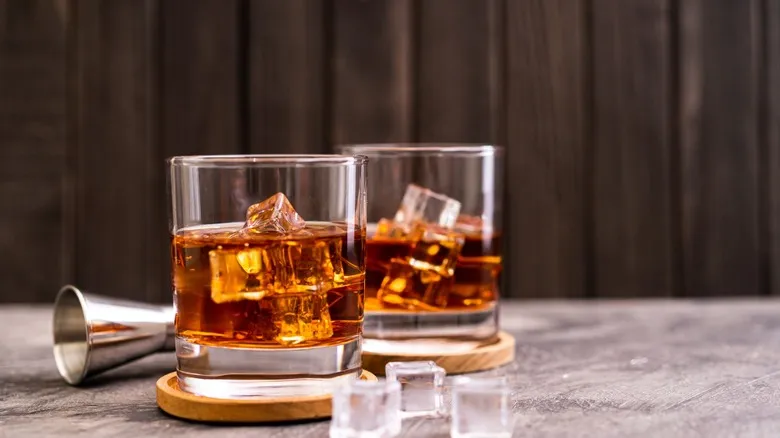Full proof is measured before barrel-aging
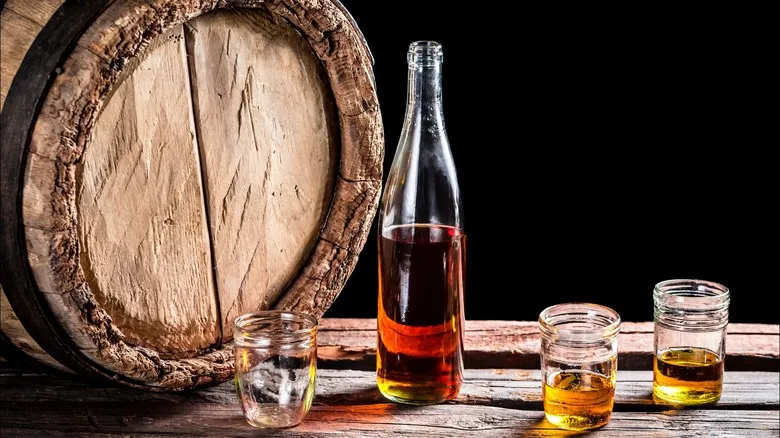
Like any whiskey, this cherished corn-based spirit goes through both fermentation and aging processes, with the latter occurring in new oak barrels. It's essential to understand that the spirit's proof is assessed both before it enters the barrel (when it remains a clear, relatively neutral liquor) and after aging (when it develops its distinctive color and additional flavors from the barrel). In straightforward terms, full-proof bourbon is one that retains the same proof it had before aging. Typically, bourbon is aged in warmer regions, such as Kentucky, known as the bourbon capital, which leads to water evaporation during the minimum two-year aging period. This evaporation naturally raises the bourbon's ABV. To restore the original proof, distillers add water until they achieve the initial proof level, resulting in full-proof bourbon.
One of the main advantages of producing full-proof bourbon is that distillers have complete control over the strength of their final product, as they have a specific proof point to target. This ensures consistency and reliability in their offerings. Other terms you might encounter for full-proof bourbon include "original proof," "original barrel proof," and "entry proof," all referring to the strength of the liquor when it first entered the barrel, rather than after aging.
Barrel-proof bourbon isn't cut with water
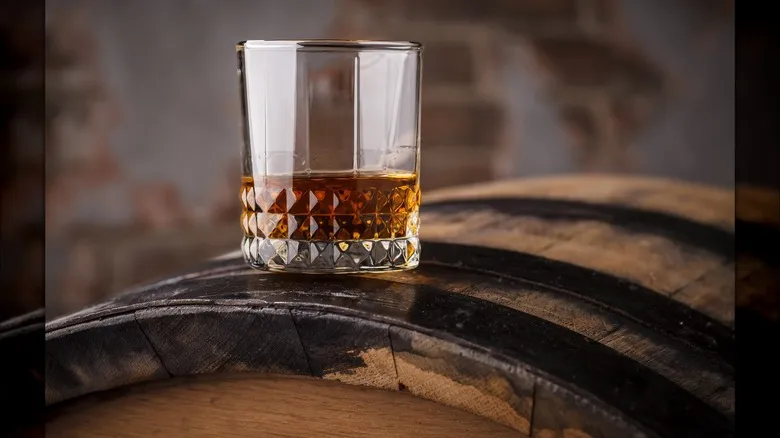
While full-proof bourbon is designed to match the liquor's proof when it enters the barrel, barrel-proof bourbon focuses on the proof at the conclusion of the aging process. The term "barrel proof" is quite straightforward—it refers to bourbon that retains the same proof as when it was removed from the barrel. As a result, you can expect a significantly higher alcohol content, as no water has been added to offset evaporation during aging. These bourbons often deliver a robust experience, typically ranging from 104 to 132 proof, or even higher. This means the bourbon will exceed the 40% ABV minimum, and due to the distinctiveness of each batch, you may notice very specific percentages on a barrel-proof bourbon. For instance, it’s not uncommon to find a handwritten "53.3%" on your bottle.
From a legal standpoint, barrel-proof bourbon does not need to have the exact same proof in the bottle as it did in the barrel. In fact, the bottled version can be up to two proof points lower than what was measured in the barrel. This allowance serves to account for any discrepancies in measurement, permitting a maximum 1% ABV difference from barrel to bottle.
Cask strength – a familiar face
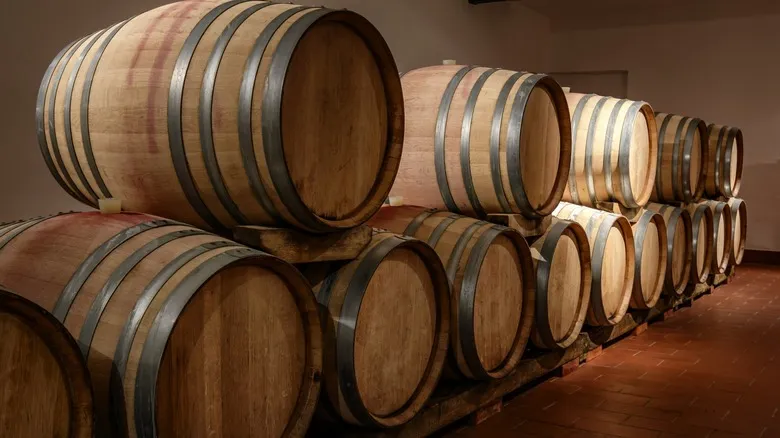
You may have encountered this term in your local liquor store or online. If you take a moment to think about it, you might wonder what distinguishes it from barrel-proof bourbon. The answer is quite straightforward — there is no distinction. "Cask strength" is simply another way to refer to "barrel proof," and distillers can use these terms interchangeably. You might also come across "barrel strength" on a high-proof bourbon bottle, which is synonymous with the other two.
It's important to note that, unless stated otherwise, a barrel-proof or cask-strength bourbon doesn't necessarily originate from a single barrel. Bourbon is produced and aged in batches, and it's common for distillers to blend different barrels to create their final cask-strength product, provided the proofs of those barrels are consistent. "Single barrel" is a different term altogether, indicating that the bourbon in your bottle comes from just one cask. While it's not unusual to find single-barrel bourbons that are also cask strength, one term does not inherently imply the other. So, as you search for bourbon, pay attention to these terms and read the labels with greater clarity and understanding.
Recommended
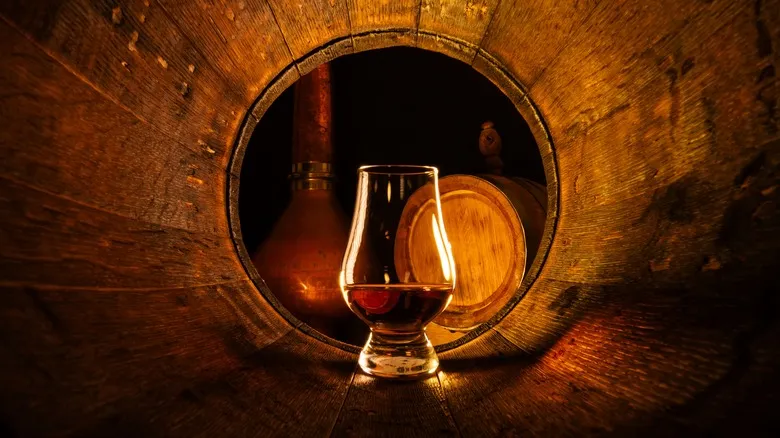
How Bourbon Got Its Name

Over Aperol? Use One Of These Swaps For Your Next Spritz
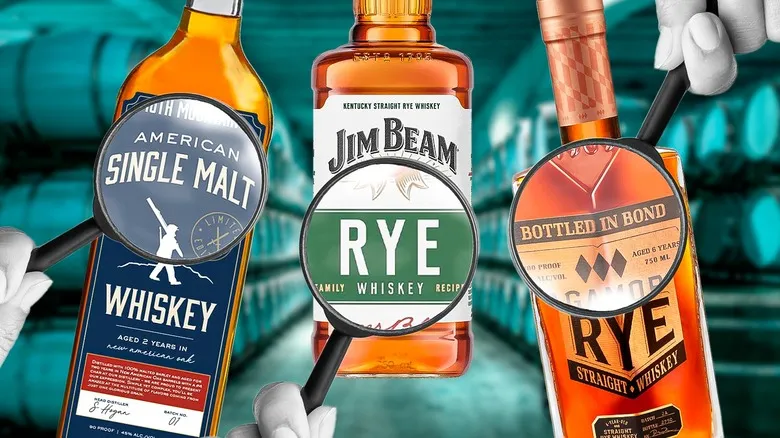
12 Terms You'll Want To Know Before Buying Whiskey

Do You Really Need A Cocktail Mixing Glass In Your Bar Setup?
Next up

